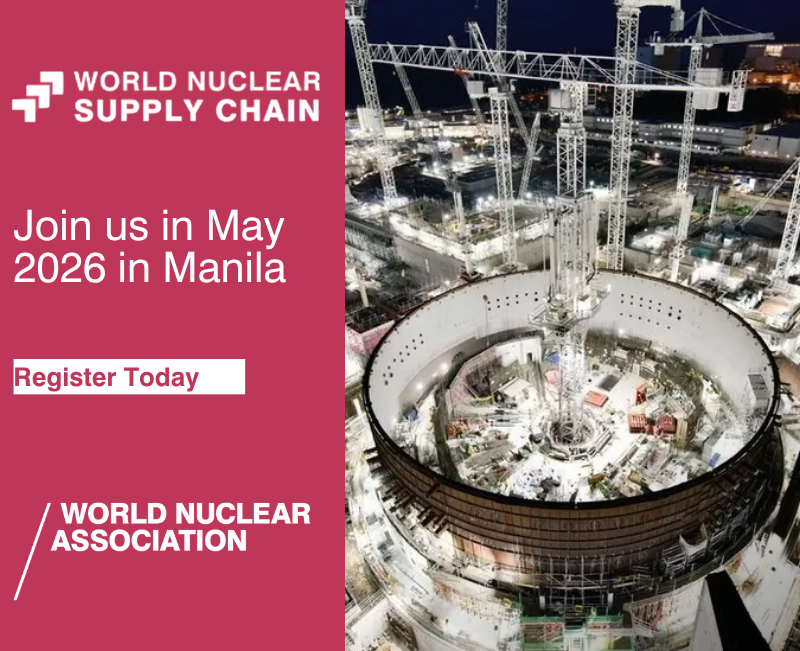The test rig is designed for vacuum, thermal, and functional testing of port plugs, which are a key diagnostic element of the giant multinational fusion facility. It was manufactured in Bryansk in Russia by GKMP Research and Production Association, for the ITER Project Centre, which is part of Russia's state nuclear corporation Rosatom.
Testing will now take place, with the aim being to try to replicate as closely as possible operational conditions.
Anatoly Krasilnikov, Director of the ITER Project Centre, said: "This test facility is one of the most complex and science-intensive systems in the scope of our responsibilities for the project. To develop and manufacture it, our key suppliers had to develop and implement cutting-edge innovative solutions."
ITER Project Manager Sergio Orlandi said the work demonstrated Russia's high industrial capabilities, "which ensured the project's completion on time, with the required quality, and within budget. I would like to express special gratitude to the Russian Federation specialists who provided expert supervision throughout all stages of the facility's design, procurement, and assembly. I also express my gratitude to Rosatom State Corporation for ensuring the creation of such a critical system".
ITER is a major international project to build a tokamak fusion device designed to prove the feasibility of fusion as a large-scale and carbon-free source of energy. The goal of ITER is to operate at 500 MW (for at least 400 seconds continuously) with 50 MW of plasma heating power input. It appears that an additional 300 MWe of electricity input may be required in operation. No electricity will be generated at ITER.
Thirty-five nations are collaborating to build ITER - the European Union is contributing almost half of the cost of its construction, while the other six members (China, India, Japan, South Korea, Russia and the USA) are contributing equally to the rest. Construction began in 2010 and the original 2018 first plasma target date was put back to 2025 by the ITER council in 2016. However, in June last year, a revamped project plan was announced which aims for "a scientifically and technically robust initial phase of operations, including deuterium-deuterium fusion operation in 2035 followed by full magnetic energy and plasma current operation".






_70761.jpg)
_55530.jpg)
_42372.jpg)
_76087_55556.jpg)




